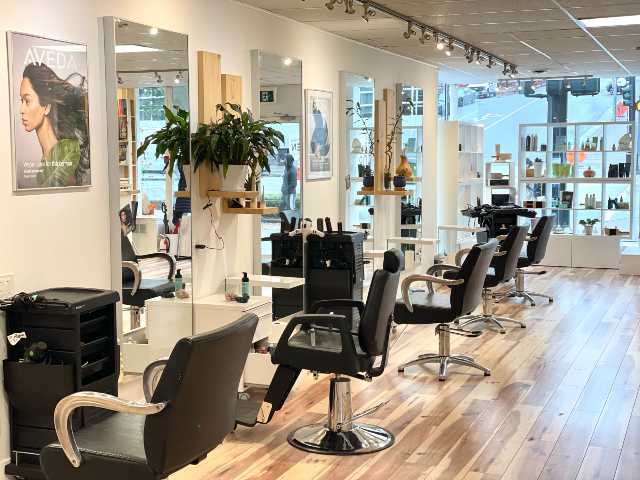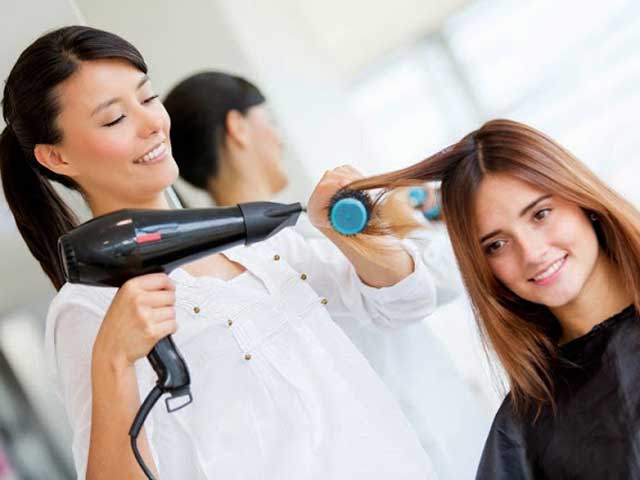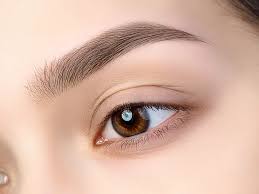The 20th century was a period of remarkable transformation in many industries, and hairdressing was no exception. Over the course of the century, hairdressing evolved from a simple, often utilitarian task to a sophisticated, creative profession that played a significant role in shaping cultural trends. The 1900s saw the rise of iconic hairstyles, groundbreaking techniques, and the emergence of the modern salon industry. This blog post will explore the evolution of hairdressing throughout the 20th century, highlighting key moments and innovations that made this profession an essential part of modern life.
Early 1900s: The Birth of Modern Hairdressing
At the turn of the 20th century, hairdressing was still considered a craft rather than an art form. Most people would visit their local barber or stylist for simple cuts, basic grooming, and the occasional special occasion. Barbershops were predominantly for men, while women would usually go to a beauty parlor for more specialized services.
In the early 1900s, hair was often styled in intricate updos, particularly for women. The popular styles of the era were influenced by the Victorian period, with elaborate curls, waves, and rolls being common. The Gibson Girl, a popular icon of feminine beauty in the early 20th century, sported a voluminous, upswept hairstyle that became an emblem of elegance and sophistication.
Technological advancements began to impact hairdressing during this period. In 1901, the invention of the first electric hair dryer revolutionized the way hair was dried, making it faster and more efficient. This was a significant step in professionalizing the industry, as salons and beauty parlors could now accommodate more clients and offer quicker services.
The 1920s: The Roaring Twenties and the Rise of the Bob
The 1920s marked a major turning point in both fashion and hairstyling. The Roaring Twenties was a time of social change, with women gaining more independence and entering the workforce in larger numbers. This shift in social dynamics was reflected in women’s hairstyles, which became shorter and more practical.
One of the most iconic looks of the era was the bob haircut. Popularized by actresses like Louise Brooks and Clara Bow, the bob was a revolutionary style that symbolized freedom and modernity. The bob was simple, chic, and easy to maintain, making it a perfect fit for the new, liberated woman of the 1920s. As a result, salons saw a surge in clients seeking this bold new look.
The advent of the Marcel wave, a technique for creating smooth, structured waves in the hair, was another major development in the 1920s. Invented by French hairstylist Marcel Grateau in 1872, the Marcel wave became a widespread trend during the 1920s, adding a touch of glamour to the bob and other short hairstyles.
The 1930s and 1940s: Glamour and the Golden Age of Hollywood
The 1930s and 1940s saw the rise of Hollywood’s Golden Age, and with it, a new standard of beauty and style. Influenced by glamorous movie stars such as Jean Harlow, Ginger Rogers, and Veronica Lake, women began to embrace more polished, glamorous hairstyles. Waves, curls, and updos became more refined and sophisticated, and the use of hot rollers, curling irons, and other styling tools became common.
During this time, the popularity of pin-up girls grew, and their hairstyles—such as the victory roll—became iconic symbols of femininity. The victory roll, characterized by voluminous, rolled-up sections of hair, was a bold, patriotic style that became popular during World War II, reflecting both a sense of glamour and resilience.
For men, the 1930s and 1940s were marked by the rise of the slicked-back, side-parted look, often styled with pomade to achieve a smooth, shiny finish. This style was closely associated with the “tough guy” image of stars like James Cagney and Humphrey Bogart. Barbershops became places not just for haircuts, but for socializing and discussing current events, cementing their role as key elements of male culture.
The 1950s: The Birth of the Modern Salon
The 1950s saw the birth of the modern hair salon, thanks in large part to the increasing popularity of professional styling. Women’s hair became larger and more voluminous, with styles such as the bouffant and the beehive taking center stage. These styles were often achieved through intricate backcombing and the use of hairspray, resulting in gravity-defying looks that were both dramatic and chic.
The bouffant, popularized by figures like Jackie Kennedy and other first ladies, was a perfect blend of elegance and effort. Women began visiting salons regularly for styling, and hairdressers became more than just barbers—they were artists and experts who could create complex, custom styles for each client.
For men, the 1950s marked the continued popularity of short, neatly combed haircuts, such as the crew cut or the Ivy League. The influence of rock ‘n’ roll stars like Elvis Presley also led to the rise of the pompadour, a style that involved voluminous hair swept back from the forehead. The pompadour required regular maintenance and the use of hair gel or pomade to keep the hair in place.

The 1960s and 1970s: A Revolution in Hairdressing
The 1960s and 1970s were marked by counterculture movements that greatly influenced hairdressing. The rise of the hippie movement in the late 1960s led to a rejection of conventional beauty standards, with long, natural hairstyles becoming a symbol of freedom and rebellion. Both men and women began growing their hair longer, and the “long and straight” look became a defining feature of the era.
During this time, hairdressing underwent a radical shift as stylists embraced more relaxed, carefree styles. The shag haircut, popularized by figures like Jane Fonda and David Bowie, was an edgy, layered look that allowed for more movement and individuality. Women also embraced the natural texture of their hair, opting for loose waves, curls, and afros.
In the 1970s, the afro became a powerful cultural statement, particularly within the Black community. Iconic figures like Angela Davis and Pam Grier wore their natural hair proudly, and the afro became a symbol of both beauty and empowerment.
The 1980s: Big Hair and Bold Styles
The 1980s were defined by excess and boldness, and this attitude extended to hairstyles. Big, voluminous hair became the ultimate symbol of glam, with both men and women sporting teased, permed, and heavily styled locks. The rise of celebrity culture and music icons like Madonna and Whitney Houston further popularized extravagant hairdos.
Perms, which created tight curls and added volume, became a widespread trend. The mullet, characterized by short hair in the front and long hair in the back, also gained popularity, particularly in the world of rock and roll.
The 1990s: Minimalism and the Influence of Pop Culture
The 1990s brought a departure from the bold, over-the-top hairstyles of the 1980s. Minimalism took over, and sleek, straight styles became the go-to look. The “Rachel,” made famous by Jennifer Aniston’s character on Friends, was one of the most iconic haircuts of the decade. This layered, voluminous style was versatile and easy to maintain, making it a favorite among women worldwide.
The 1990s also saw the rise of the pixie cut, with celebrities like Winona Ryder and Halle Berry embracing short, edgy looks that defied traditional notions of femininity.
Conclusion
The 20th century was a time of dramatic transformation for hairdressing, as styles evolved to reflect social changes, technological advancements, and the influence of pop culture. From the elaborate updos of the early 1900s to the sleek, minimalist cuts of the 1990s, hairdressing became a dynamic art form that reflected the times and shaped the identities of individuals.
Establishments like Beauty Cuts Hairdressers Poole exemplify how the profession has embraced this evolution, combining timeless techniques with modern innovations to meet the diverse needs of clients. Today, the profession continues to evolve, with new techniques, tools, and trends pushing the boundaries of what is possible in the world of hairstyling. The 20th century laid the foundation for the vibrant, ever-changing world of hairdressing that we know today.




